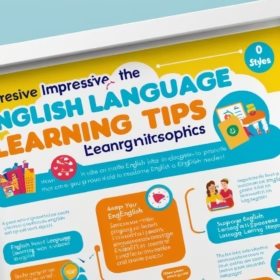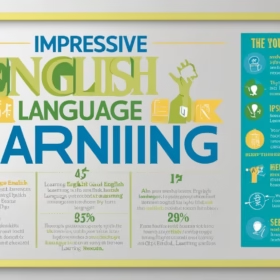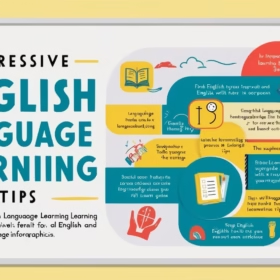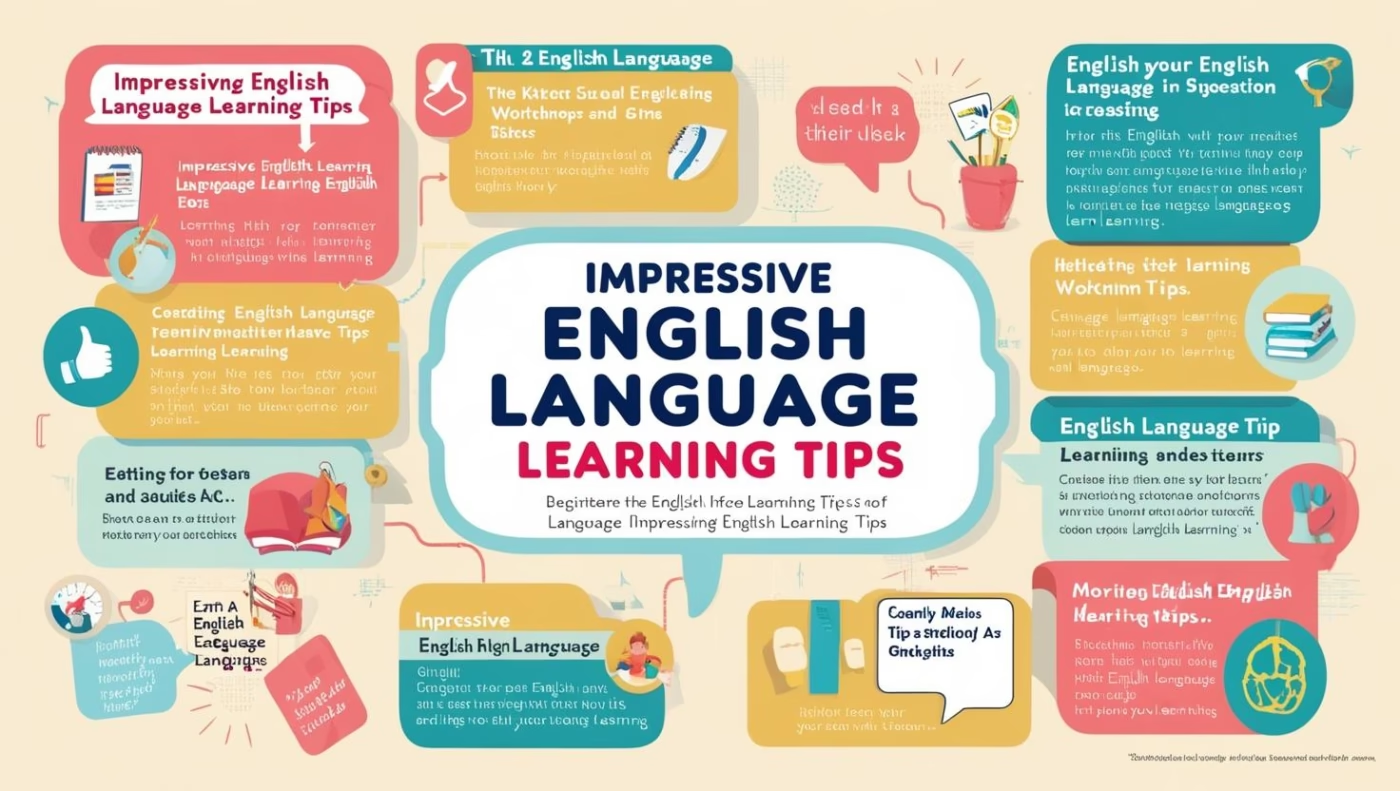Introduction: Why Learning English Should Be Fun?

For children, learning is most effective when it feels like play. Especially in ESL (English as a Second Language) classrooms, turning lessons into enjoyable experiences can have a profound impact on motivation and long-term success. When kids are having fun, they’re more engaged, curious, and willing to take risks—which is essential in language learning.
Fun acts as a powerful bridge between the student and the subject. It reduces anxiety, lowers the fear of making mistake and builds confidence in using new words and phrases. These emotional benefits directly influence a child’s willingness to participate and practice—two critical ingredients in mastering any language.
Moreover, studies have shown that the brain retains information better when it’s connected to positive emotions. Games, songs, storytelling, and creative activities help embed vocabulary and grammar in memory far more effectively than rote memorization. For ESL learners in particular, fun isn’t just a bonus—it’s a strategy. It helps break down the invisible wall of the language barrier, turning what once felt intimidating into something exciting and achievable.
If you’re looking for even more creative ways to make learning English fun for kids, be sure to check out the DicipLearn Etsy shop and DicipLearn website! With a wide range of educational flashcards, interactive worksheets, and engaging language tools, you’ll find everything you need to support your child’s English learning journey. From colorful vocabulary cards to exciting printable resources, DicipLearn brings education to life in the most creative ways possible. Don’t miss out—explore today and take the next step in making learning an unforgettable adventure!
Gamification: Turn Learning into an Adventure

Imagine turning a simple English lesson into a thrilling quest filled with points, rewards, and exciting challenges. That’s the magic of gamification—transforming everyday learning into an adventure kids can’t wait to join. By adding game-like elements such as scoring systems, badges, and small prizes, teachers can dramatically boost student motivation and make even the trickiest grammar rules feel like a fun puzzle.
Gamification works because it taps into children’s natural love for play and achievement. Instead of saying “learn 10 new words,” what if you said “complete the treasure hunt and unlock a secret code”? Turning language goals into game-style missions—like earning a badge for mastering past tense verbs or gaining points for successful conversations—makes progress visible and rewarding.
And it doesn’t stop with digital tools. Classic board games can easily be adapted for English learning. Try a vocabulary bingo, a “roll and speak” dice game, or a simple card-matching activity using adjectives and nouns. The key is to blend learning objectives with playful mechanics. When kids feel like they’re playing, not studying, their minds open, their confidence grows, and their English skills take flight.
Music and Rhythm: Discover English Through Songs
Nothing lights up a classroom like music. For ESL learners, songs aren’t just catchy tunes—they’re powerful tools for absorbing language naturally. English songs and nursery rhymes designed for children provide rich exposure to rhythm, pronunciation, vocabulary, and sentence patterns, all wrapped in melodies that stick.
Songs like “If You’re Happy and You Know It,” “Head, Shoulders, Knees, and Toes,” or “The Wheels on the Bus” are more than fun—they’re mini language lessons. Through repeated listening and singing, kids effortlessly pick up new words and grammar structures without even realizing they’re learning. Lyrics introduce language in context, making it easier to understand and remember.
Adding movement makes the experience even stronger. Encouraging children to dance, clap, or act out the words turns a passive activity into a full-body learning session. This multisensory approach engages different parts of the brain and helps anchor meaning. With music and rhythm, English becomes not just something to study, but something to feel and enjoy—creating joyful memories that fuel lifelong language skills.
Storytelling and Drama: Learn English Through Imagination
When children dive into stories, they don’t just learn words—they live them. Storytelling and drama bring the English language to life, turning lessons into immersive experiences where imagination takes the lead. Reading simple English stories aloud, acting them out, or even just listening with wide-eyed curiosity helps children absorb sentence structure, vocabulary, and pronunciation in a natural, memorable way.
Using puppets, costumes, or handmade props, teachers can create role-playing activities where kids become characters—princes, animals, superheroes, or shopkeepers—each with their own lines and actions. These playful dramatizations make speaking English feel safe and exciting, helping shy learners open up and express themselves.
Beyond reenacting familiar tales, children can be encouraged to invent their own stories using the words and grammar they’ve learned. Even a few simple sentences strung together with stick-figure drawings or sock puppets can spark creativity and reinforce learning. With storytelling and drama, every ESL student gets the chance to become both the author and actor of their language journey.
Art and Craft Activities: Combine English with Creativity
When words meet colors, scissors, and glue, magic happens. Art and craft activities offer ESL kids a hands-on, creative way to connect with English while expressing themselves freely. Whether they’re drawing a new vocabulary word, coloring animals, or making their own flashcards, children learn better when they’re actively involved in the process.
Simple tasks like “Draw a happy face,” “Color the apple red,” or “Cut out the shapes and match the words” turn English instructions into practical, meaningful interactions. These activities not only reinforce vocabulary and comprehension, but also build listening and following-direction skills in an engaging, low-pressure environment.
Even better, get students involved in creating their own learning tools—designing flashcards, posters, or mini storybooks with labels and drawings. This sense of ownership boosts motivation and helps them remember the content more effectively. By blending language with creativity, ESL lessons become more than just lessons—they become personal, colorful experiences that kids are proud of.
Use Technology Wisely: Fun English in a Digital World
In today’s world, screens are a big part of kids’ lives—so why not make them work for language learning too? With the right tools, technology can transform English practice into an exciting, interactive adventure. Educational apps, kid-friendly websites, and engaging videos can support ESL learners by providing rich, playful exposure to English in a way that feels natural and fun.
Apps like Duolingo, Lingokids, or Khan Academy Kids offer age-appropriate lessons that turn vocabulary, pronunciation, and grammar into colorful games and interactive stories. These platforms reward progress, which motivates children to keep going—and often, they don’t even realize they’re studying!
Interactive games such as word puzzles, matching games, or story-building apps give students the chance to explore English at their own pace. And let’s not forget the power of visuals: safe and educational cartoons or short videos like Peppa Pig, Sesame Street, or Super Simple Songs can introduce new language in context, through characters and storylines they love. When used wisely, technology becomes a bridge between entertainment and education—bringing English learning into the digital world kids already love.
Integrate English into Daily Routines: Every Moment Is a Learning Opportunity

Learning doesn’t have to stop when class ends. In fact, some of the best language learning moments happen during everyday life. By weaving simple English into daily routines, parents and teachers can create a natural and continuous learning environment where every action becomes a chance to practice.
Start small—label common household items like “door,” “table,” “spoon,” or “mirror” in English. Children will see and repeat these words daily, helping them stick without effort. During meals or shopping, use simple commands and questions like “Can you pass the salt?”, “Let’s count the apples,” or “What color is this?” These real-world interactions give context to vocabulary and build confidence in speaking.
Even playtime can be transformed into an English-rich experience. Whether it’s using English while playing with toys (“The car goes fast!”), giving instructions in a board game, or singing a song while tidying up, each moment adds up. With consistency and a playful spirit, English becomes more than a subject—it becomes part of a child’s world.
English Outdoors: Learn Through Exploration
Sometimes the best classroom has no walls. Taking English learning outside—into parks, gardens, or even just the backyard—adds excitement and freshness to language lessons. Surrounded by nature, children become curious explorers, eager to name what they see and experience in a new language.
Start with simple vocabulary hunts: “Find something green,” “Point to a tree,” or “Can you see a bird?” Help kids label natural objects—flowers, leaves, clouds, rocks—in English, building vocabulary through direct interaction. During a walk, practice describing the weather, sounds, or actions: “The sun is shining,” “The dog is running,” or “I see a big butterfly.” These real-time language moments make learning meaningful and memorable.
Games like “I spy with my little eye…” or scavenger hunts in English boost observation skills while reinforcing vocabulary and sentence structure. Outdoor learning also supports movement and physical engagement, which helps especially active learners absorb language better. With a little creativity, the natural world becomes a living, breathing English lesson—full of wonder, discovery, and joyful learning.
Spark Curiosity and Encourage Exploration
The most powerful kind of learning begins with a question. When children are curious, they engage more deeply, remember more easily, and find joy in the process. That’s why sparking curiosity is key to making English lessons exciting and personal.
Start by tapping into what they already love—animals, space, dinosaurs, cars, or fairy tales. Provide English books, videos, or worksheets that match those interests. When a child is fascinated, they’ll naturally want to understand the words that go with it. You can also ask open-ended questions like, “What’s your favorite animal in English?” or “Do you want to learn how to say ‘rocket’ today?” These small invitations to explore give children ownership over their learning.
Encourage simple research moments together: look up pictures, watch short videos, or even draw what they’ve discovered. This turns English into a tool for satisfying their curiosity, not just a subject to study. And when you ask, “What new word did you learn today?” you’re not just testing memory—you’re celebrating growth and creating a habit of discovery.
Conclusion: Patience and Creativity Make the Journey Fun
Every child learns in their own unique way, and turning English into an adventure takes more than just games—it takes heart. Along this journey, patience and creativity are your most powerful tools. Children thrive when they feel supported, so offer plenty of positive feedback—celebrate small wins, smile at every effort, and show them that mistakes are just part of growing.
Remember: not every child will learn at the same pace, and that’s okay. Some may pick up vocabulary quickly, others might need more time to feel confident speaking. What matters is keeping the atmosphere relaxed, encouraging, and full of curiosity.
To make fun sustainable, mix things up! Alternate between games, music, crafts, and outdoor play. Observe what brings the most joy and build on it. When English becomes something to look forward to—rather than a chore—you’ve planted the seed for a lifelong love of language. Stay flexible, stay creative, and above all, enjoy the journey together.

